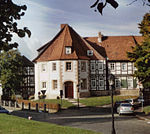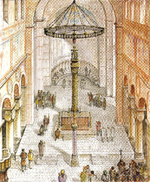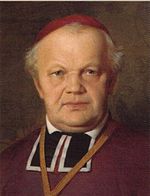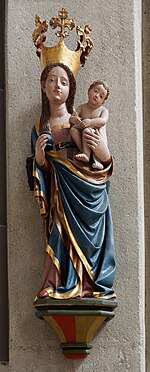Hildesheim Charterhouse
1388 establishments in EuropeBuildings and structures in HildesheimCarthusian monasteries in GermanyMonasteries in Lower Saxony
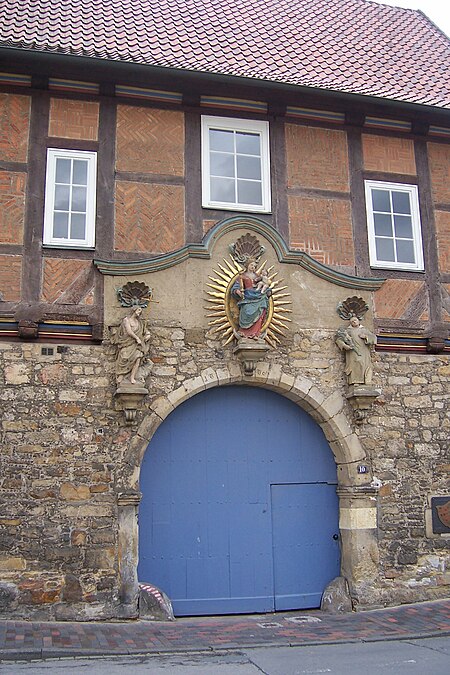
Hildesheim Charterhouse (German: Kartause Hildesheim, Kartause Marienkloster; Latin: Domus Claustri Beatae Mariae) is a former Carthusian monastery or charterhouse in Hildesheim in Lower Saxony, Germany.
Excerpt from the Wikipedia article Hildesheim Charterhouse (License: CC BY-SA 3.0, Authors, Images).Hildesheim Charterhouse
Treibestraße, Hildesheim Altstadt (Stadtmitte/Neustadt)
Geographical coordinates (GPS) Address Nearby Places Show on map
Geographical coordinates (GPS)
| Latitude | Longitude |
|---|---|
| N 52.146944444444 ° | E 9.9483333333333 ° |
Address
St. Bernward Krankenhaus
Treibestraße 9
31134 Hildesheim, Altstadt (Stadtmitte/Neustadt)
Lower Saxony, Germany
Open on Google Maps

